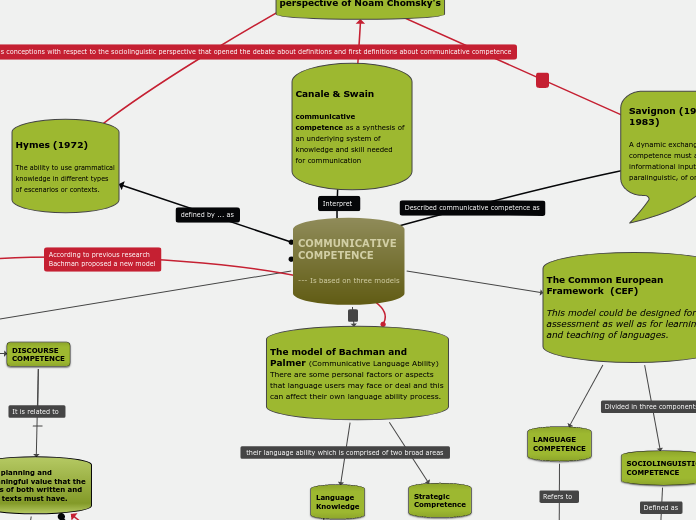realizată de Laura Carolina Benavides Orduz 2 ani în urmă
126
ESP LAURA CAROLINA BENAVIDES
English for Specific Purposes (ESP) is an approach focused on providing students with the linguistic skills necessary to function in their professional fields. It aims to meet the specific needs of students by offering targeted objectives and a well-defined curriculum.









